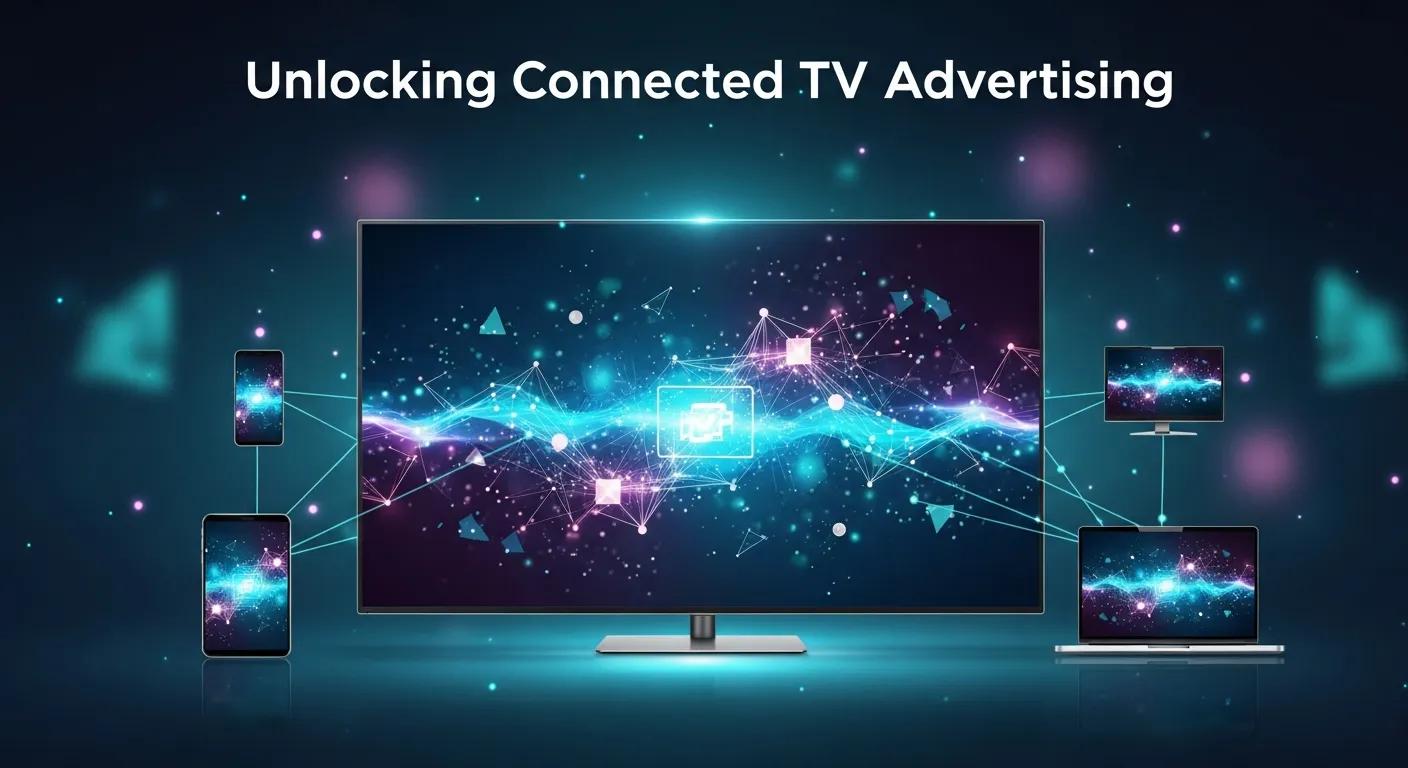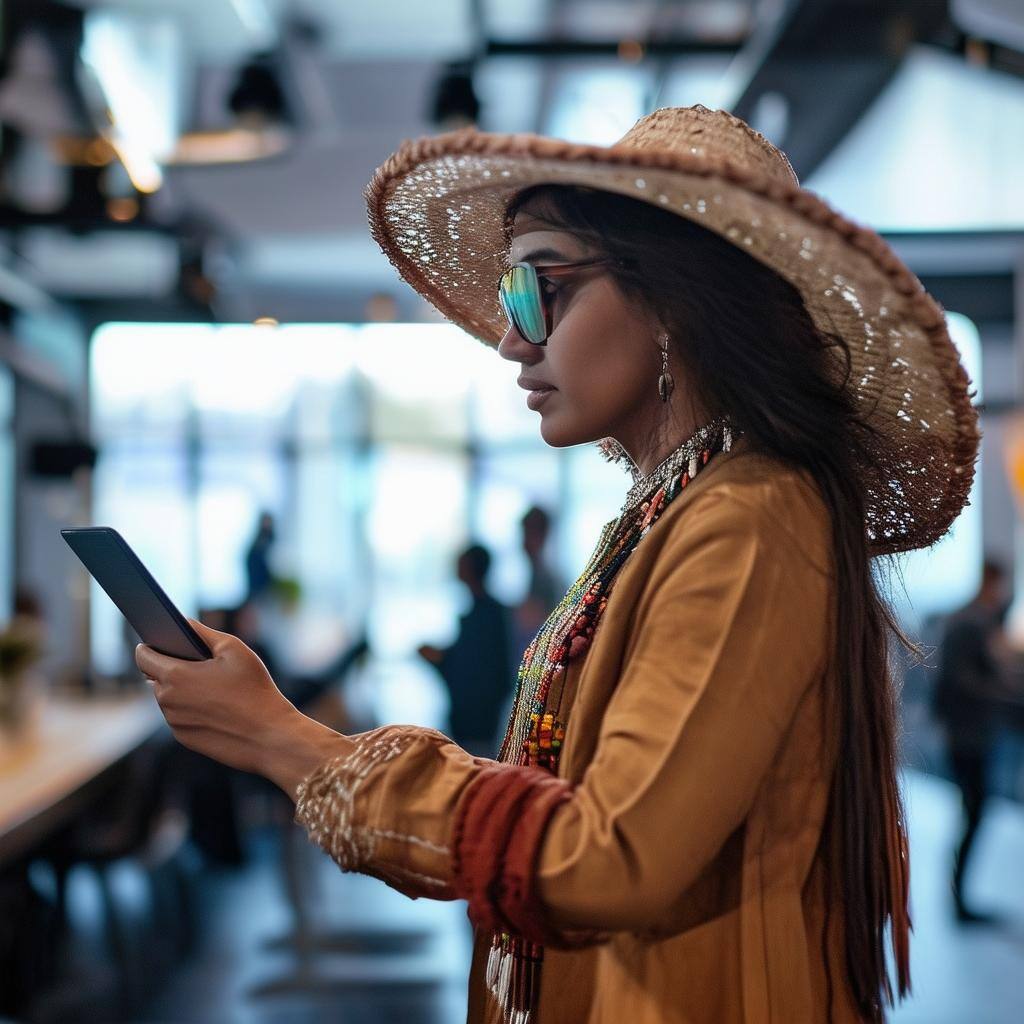Can you remember the last time you were able to ‘unplug’ for a whole day? In today’s society people pretty much have their phones glued to their hands constantly.
The idea of being unreachable is not a luxury but more of a fear among many of us today. If you are unable to get a hold of someone your first thought typically isn’t that they are okay and taking time for themself but that something tragic must have happened since everyone is available 24/7, right?
How truely ‘available’ are we with all these possible distractions non-stop?
If someone doesn’t answer an email then do you slack or gchat them? If neither of those work then do you resort to a call or text? How is someone ever supposed to be able to engage and focus on what they’re doing with so many forms of communication.
‘Do not disturb’ or ‘work’ modes on phones can help ease some distractions during the work day and help with focus but what about our personal time? Do you go to a movie in the theaters to help yourself focus and be present and not check your phone? When was the last time you went to a concert and were fully present and didn’t record a song to post?
Taking away phones during shows or other entertainment events is becoming a more common practice as a way to discourage distractions and promote engagement.
If someone doesn’t answer an email then do you slack or gchat them? If neither of those work then do you resort to a call or text? How is someone ever supposed to be able to engage and focus on what they’re doing with so many forms of communication.
Many performers, including comedians, musicians, and speakers, have started to adopt phone-free policies for their live shows. They ask audience members to either turn off their phones or leave them at home, in their cars, or in secure phone storage provided by the event.
There are a few reasons why performers are choosing to implement phone-free policies. First, phones can be a distraction for both the audience and the performer. Audience members may be tempted to check their phones during the show, which can take their attention away from the performance. Similarly, performers may become distracted by the glare of phone screens or by the sound of phones ringing or vibrating.
In addition, phone-free policies can help create a more immersive and intimate experience for the audience. Without the distraction of phones, audience members are more likely to focus on the performance and feel more connected to the performers and the other audience members.
In the U.S. Americans spend an average of 7 hours and 4 minutes looking at a screen each day. Not far off from the global average of 6 hours and 58 minutes. While this might make sense based on the amount of hours people typically work a day, that does not account for the time teens and even children are spending in front of a screen, not working.
According to a 2021 report by Common Sense Media, children under 8 years old spend an average of 2 hours and 19 minutes per day on screens, while children aged 8 to 12 spend an average of 4 hours and 44 minutes per day on screens. Adolescents aged 13 to 18 spend an average of 7 hours and 22 minutes per day on screens.
Here’s the full breakdown of how the average US teen distributes their daily screen time:
| Activity | Average Daily Screen Time |
| Watching TV/Videos | 3 hours 16 mins |
| Gaming | 1 hour 46 mins |
| Social Media | 1 hour 27 mins |
| Browsing Websites | 51 mins |
| Other | 29 mins |
| Video Chatting | 20 mins |
| E-reading | 15 mins |
| Content Creation | 14 mins |
(https://explodingtopics.com/blog/screen-time-stats)
The COVID-19 pandemic has also contributed to an increase in screen time, as many schools and workplaces shifted to remote learning and work. A 2021 report by the Kaiser Family Foundation found that during the pandemic, children and adolescents spent an average of 7.5 hours per day on screens for entertainment, compared to 4.5 hours per day before the pandemic.
Excessive screen time has been associated with a range of negative outcomes, including poor sleep, obesity, poor academic performance, and behavioral problems. Experts recommend limiting screen time for children and encouraging physical activity, social interaction, and other non-screen activities.
With all the excessive screen time people are noticing and starting to take action – at least for one day. The first Friday in March kicks off National Day of Unplugging, a 24-hour period where people commit to unplugging from sundown to sundown. This time is meant to unplug, relax, connect with others & the outdoors and be active. Think you can do it, or does your phone have too tight a hold over you? A full 24 hours may seem impossible but what you can do is try to recognize the importance of all those everyday. Focus on getting outside, being active, being present, and allowing time for yourself everyday.
Sources:
https://explodingtopics.com/blog/screen-time-stats
https://www.commonsensemedia.org/research/the-common-sense-census-media-use-by-tweens-and-teens-2021
https://www.cdc.gov/nccdphp/dnpao/multimedia/infographics/getmoving.html





